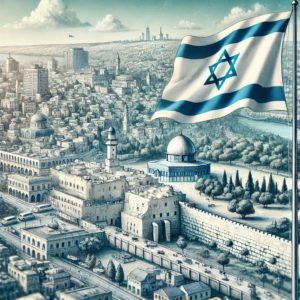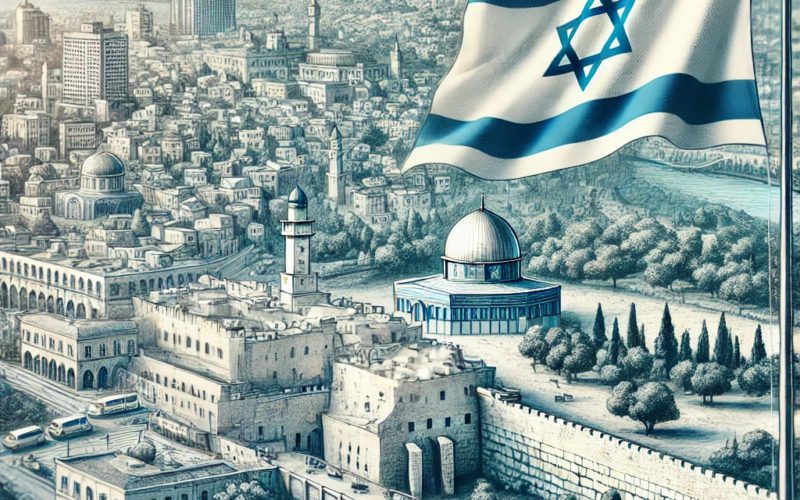
Israeli forces have launched another deadly attack in the Syrian town of Koya, located near Daraa, according to officials from the Daraa governorate. In an official post shared on their Facebook page, the governorate reported that five people, including a woman, have lost their lives as a result of the assault. The attack has triggered widespread fear and panic among the residents of the town.
The attack on Koya comes on the heels of earlier Israeli military actions in Syria. Just hours before, Israel’s military had announced that they struck two Syrian airbases near the ancient city of Palmyra. These strikes, according to the Israeli Defense Forces, were part of ongoing efforts to target what they describe as Iranian-linked military infrastructure and personnel operating within Syria. Israeli officials often claim that these attacks are necessary to prevent Iran from establishing a stronger military presence along its northern border, using Syria as a base of operations.
The strike on Koya adds to the growing list of Israeli military actions inside Syria, which have been ramping up in recent years. Israeli airstrikes in Syria have targeted a wide range of areas, from urban regions to military bases and infrastructure, further escalating tensions in the already war-torn country. Daraa, where Koya is located, is a region of particular significance due to its proximity to the Israeli border and its history of resistance during the Syrian civil war.
The Syrian government condemned the recent attack, labeling it an act of aggression. They accused Israel of violating Syrian sovereignty and international law by conducting military operations within their borders. The Syrian Ministry of Foreign Affairs released a statement calling on the international community to hold Israel accountable for its actions, which they argue are part of a broader strategy to destabilize Syria further.
The recent violence has once again placed civilians in the crossfire. In addition to the five lives lost, many residents of Koya are now living in fear of more attacks. The strike has not only claimed lives but also left behind widespread destruction. Images circulating on social media show damaged buildings, shattered windows, and the scars of the military assault across the small town.
For years, Israel has maintained that its military actions in Syria are defensive in nature, aimed at curbing the influence of Iran and its proxy forces, such as Hezbollah, which it views as an existential threat. Israeli officials argue that Iran’s growing influence in Syria poses a direct danger to Israel’s national security, and military intervention is necessary to preempt any further escalation from Iranian forces.
However, these attacks have led to a cycle of retaliation and counterattacks that has destabilized the region. Iran and its allied militias in Syria have responded to Israeli strikes with their own attacks, fueling a tense and dangerous standoff. The civilian population, caught between these powerful forces, continues to bear the brunt of the violence.
The international community remains divided on Israel’s actions in Syria. While some countries, particularly Israel’s allies, support its right to defend itself against perceived threats from Iranian forces, others have criticized Israel for its repeated violations of Syrian sovereignty and the toll these actions are taking on Syrian civilians. Calls for diplomatic resolution and de-escalation have thus far failed to yield any meaningful results.
Meanwhile, humanitarian organizations continue to express deep concern over the ongoing violence in Syria. The United Nations and other international bodies have called for all sides to prioritize the safety and well-being of civilians, urging for restraint and adherence to international humanitarian law.
As the situation in Syria remains fragile, the latest attack on Koya highlights the ongoing volatility in the region and the complex web of alliances and enmities that continue to shape the conflict. With no clear end in sight, the people of Syria—and those living near conflict zones like Daraa—continue to live under the constant threat of further violence and destruction.
BY MR KENDRICK





